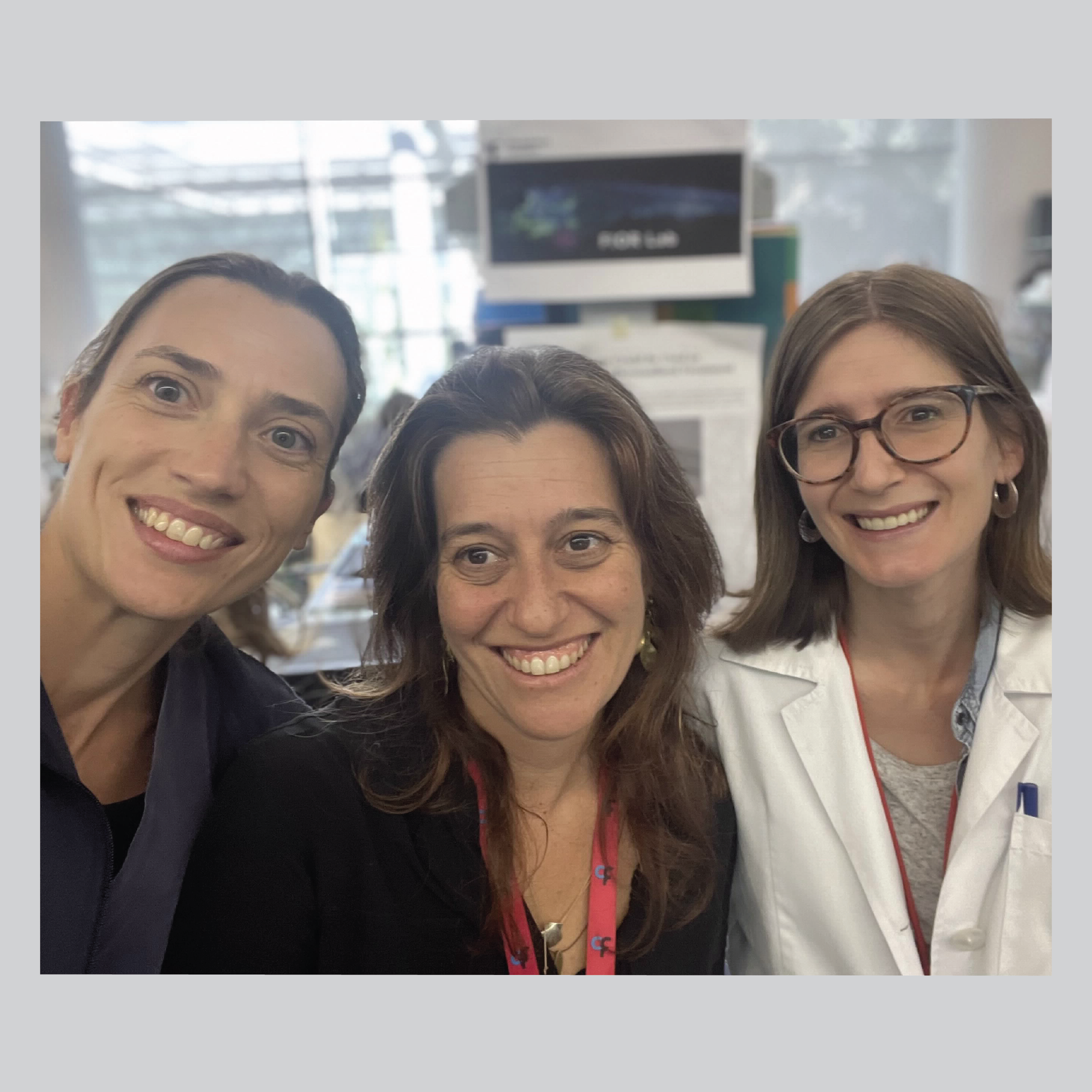Scientists and doctors at the Champalimaud Foundation, in Lisbon, have joined efforts to reduce the toxicity of so-called “neoadjuvant chemoradiation” – the combination of chemotherapy plus radiotherapy – for the treatment of rectal cancer. If further confirmed, their results, published a few months ago in the journal Frontiers in Oncology, could in the not-so-distant future help many patients with rectal cancer, especially the more elderly and frail ones.
Neoadjuvant chemoradiation “is the gold standard for patients with locally advanced rectal cancer [which means that, although advanced, the tumour has not spread to distant parts of the body]”, says Laura Fernández, a colorectal surgeon at the Digestive Unit of the Champalimaud Clinical Centre (CCC) and second author of the paper.
One thing the chemotherapy treatment entails is sensitising the cancer cells to the concomitant radiation. For this, a compound that goes by the code name 5FU is currently used. After the course of neoadjuvant radiochemotherapy, the patient will be submitted to surgery in order to extract the tumour.
But it so happens that in some patients, tumour response is actually complete, meaning that after treatment there is a total disappearance of the tumour. And this can allow some of those patients to avoid surgery (and all its complications), being instead submitted to a stringent surveillance protocol dubbed Watch and Wait (W&W).
The W&W protocol has been increasingly used in selected patients, and it can avoid very serious complications from rectal surgery, and also colostomies (which imply the use of a bag for stool collection). That is why in recent years, “attempts have been made to increase tumour response so more patients can benefit from avoiding surgery, especially older and frail patients where surgery can be very risky”, explains Laura Fernández. “But the problem is that all these attempts also increase the toxicity of the treatment, either by increasing the dose of chemotherapy [including 5FU] or the dose of radiotherapy.”
Now, the new study suggests, for the first time experimentally, that another compound – the inexpensive drug metformin, currently used for the management of patients with diabetes type II and almost devoid of toxicity – could be as good, if not better, a substitute for 5FU.
Zebrafish with human tumours
The idea that metformin could have a radiation sensitising effect is not new. But “although metformin has been reported as a radiosensitiser for several solid tumours, this has mostly been done in epidemiologic retrospective studies”, says Bruna Costa – first author of the study –, who works at Champalimaud Research’s (CR) Cancer Development and Innate Immune Evasion Lab, led by developmental biologist Rita Fior, who is also lead author of the new study. “It’s the first time metformin has been tested directly using patient’s rectal tumour samples”, adds Bruna Costa.
For several years, Fior’s lab has used zebrafish as “avatars” for human cancer patients – for instance, to predict, in the fish, a patient’s response to different treatments. The researchers create the avatars by injecting cancer cells from human patients into zebrafish embryos, thus creating “zebrafish xenografts” (zebrafish with transplants from a donor of a different species).
The Lab developed a protocol to assess in vivo, in the avatars, the response to radiotherapy, showing that it was possible to distinguish radiosensitive from radioresistant tumours in just four days! This knowledge could spare radiation-resistant patients from unnecessary radiotherapy. But it could also allow for comparing the radiosensitiser effect of metformin to that of 5FU in avatars of rectal cancer patients.
“This, combined with access to patient samples from the CCC, was the ideal combination to test this hypothesis in our model”, says Bruna Costa.
Laura Fernández knew about the research on the zebrafish avatars, so she went to propose to her scientist colleagues her idea of testing metformin’s effects on rectal cancer. “Their zebrafish model allows us to inject tumour cells from real patients, give them the neoadjuvant chemoradiotherapy [with 5FU or with metformin as sensitiser] and assess the response. And get the answer in just a week!”, she says.
The results were very positive: “The zebrafish avatars confirmed that metformin has indeed a powerful in vivo radiosensitiser effect, even though some tumours still show resistance to all treatments”, says Bruna Costa. “We further found that, contrary to 5FU, metformin was effective on a line of cancer cells which were resistant to radiation. Specifically, it was more efficient than the standard 5FU in decreasing tumour proliferation, tumour size and activating cell death by apoptosis”, she adds.
“Our work confirms that metformin constitutes a promising, less toxic alternative to the standard 5FU, which could be game changing in elderly/frail patients to optimize tumour regression”, the authors write in their paper.
Image Caption (From left to right):
Laura Fernández, Colorectal and Digestive Surgeon, Champalimaud Clinical Centre Digestive Unit;
Rita Fior, Cancer Development and Innate Immune Evasion Lab Principal Investigator;
Bruna Costa, Postdoctoral Researcher, Cancer Development and Innate Immune Evasion Lab.
Text by Ana Gerschenfeld, Health & Science Writer of the Champalimaud Foundation

